

| Newsletter
Home | ECR Homepage |
ECR Shop
| ECR
YouTube | ECR
Groups.io | ECR Facebook |
March
28, 2022
 MORNING BREW Q&A - By Michael K2SHF Thank you to all who checked in to the Morning Brew last week. We asked the following questions. As always, only answers with a tally of 2 or more were included below. Thanks to Derby Dan (KD2VNU) for tallying the results after each net. 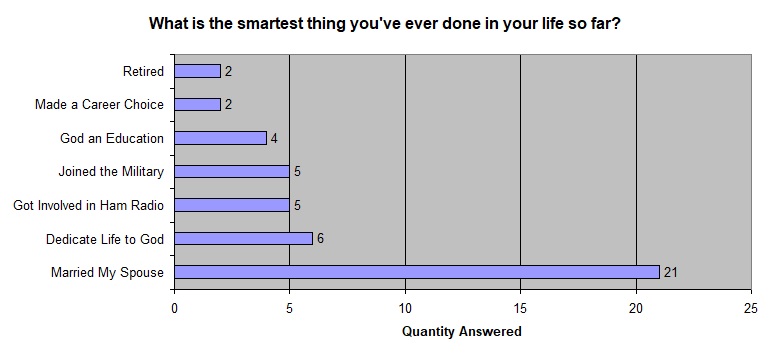 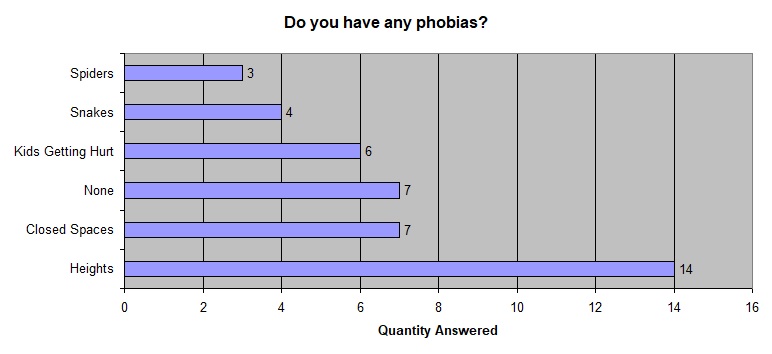 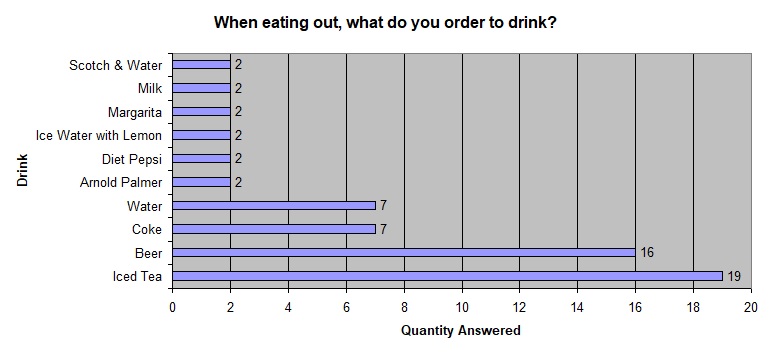 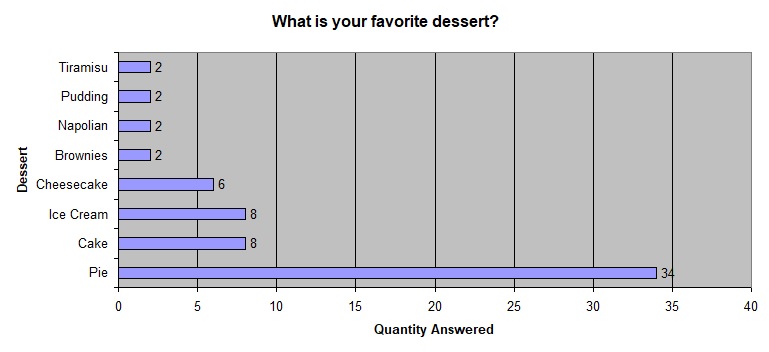  ECR BIRTHDAYS The following hams are celebrating a birthday this week. Happy Birthday to you all! KO4DXQ, Bob, of Soddy Daisy TN, has a birthday on Tuesday, March 29 WB2UKO, Joe, of Punta Gorta FL, has a birthday on Thursday, March 31 KB3VPK, Mary, of Easton PA, has a birthday on Friday, April 1 ZS2EC, Tom, of South Africa, has a birthday on Sunday, April 3 KI5NMK, Randall, of Spring TX, has a birthday on Sunday, April 3 ZOOM ROOM PRESENTATION THIS WEEK Join us this Thursday, March 31st at 8PM Eastern Time, for a Zoom Room presentation on remote SDR receivers by Thomas Medlin, W5KUB. 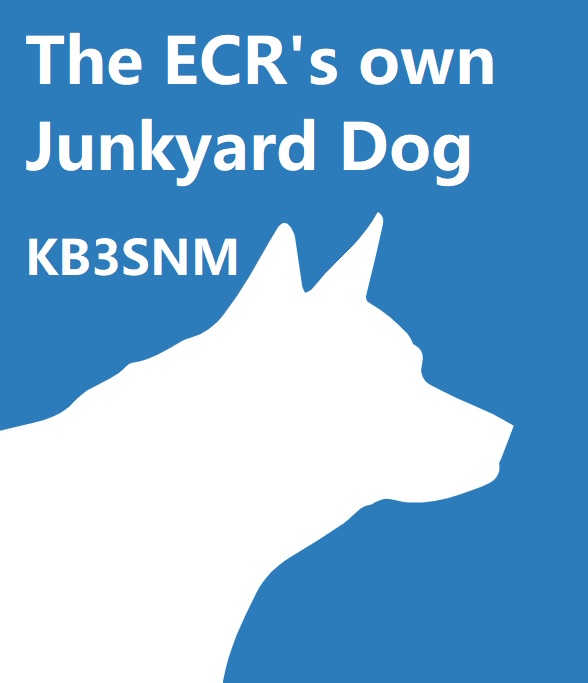 MY QUIRKS - By Bob KB3SNM I hear many conversations during the day. When a station operator comes on the air who sound like a young person sooner or later they are asked their age. Why is this only asked of young sounding operator? It is none of our business. Would you ask this same question in any other situation?  ALLSTAR TECH NOTES - VOLUME WHATEVER - By Pres W2PW OK back at it. ; CONTEXT MAPPING is actually pretty well documented in HamVOIP if you read them slowly but the general idea is for THIS node you can have items specific to THIS mode OR the same for ALL nodes. Suppose in 465731 you see wait_times=wait-times465731 and in 465732 you see wait_times=wait-times465732 That means that the wait_times for 465731 are defined later in wait-times465731 and the wait_times for 465732 would be different and defined later in wait-times465732 BUT if you have the second one duplicated from the first one, they will be the same. Keep in mind that for hubs you want no wait-times at all because there is no radio connected and you don't use courtesy tones at all. ; ECHOLINK SETTINGS should be left alone unless you have a good reason to mess with audio levels to/from Echolink ;eannmode=1 you MAY want to play with this and try things- see the comments in rpt.conf ; IRLP SETTINGS Well, forget that. IRLP is not allowed within Allstar and probably won't be. ; AUDIO LEVEL SETTINGS IN dB Intriguing stuff here. If your system voice announcements are too loud you can play with relative levels compared with incoming network audio. "duck" is where the "Alison" voice actually drops in the background if traffic is playing. "Alison" is the voice that says "EYE PEE ADDRESS, ONE NINE TWO DAWT ONE SIX EIGHT DAWT............." when you boot. ;rxnotch=1000,20 This should be explored. It seems to refer to shaping the audio coming from the network (as opposed to PL filter in SimpleUSB- which refers to audio going TO the network from your RF RX). KD2VNU was asking about filters because radioless nodes can have stunningly high fidelity and PL can be annoying in your ear. However the word "RX" implies it's about RF->network not network->RF/headset ; ID SETTINGS ;idrecording= is a file to be played at ID time. VERY IMPORTANT: an ID file canNOT have an extension declared here but DOES NEED to have an extension where it lives. So in this case idrecording=/etc/asterisk/local/node-id will play the file /etc/asterisk/local/node-id.ul ;idrecording=|iDE W1ABC/L would be a CW ID (rather than voice, if you prefer) ;idtalkover=|iDE W1ABC/L would be the CW ID that plays if a signal interrupts the voice ID file Remember the last entry prevails so if you have idrecording= three times it takes the final one. The system can generate IDs or you can place a recording of your Hunny in there. You can convert .wav files to the needed .ul format but you cannot convert .mp3s Here's how: Suppose you have a .wav file called audio.wav so do: sox -V audio.wav -r 8000 -c 1 -t ul audio.ul <ent> (That's a '1' not an 'l' in there) It would make a file called audio.ul suitable for playing in the node. There's a great walkthrough at https://hamvoip.org/howto/tts-how-to.pdf to make full synthesized system announcements. IMPORTANT: when playing announcements use 'localplay' not 'playback' so the announcements do not go over the network. In a script you would use #!/bin/bash /usr/bin/asterisk -rx "rpt localplay 12345 /etc/asterisk/local/audio" which plays a file called audio.ul found in /etc/asterisk/local/ on node 12345 (NO extension!) Let's take a break here. Time for an "adult sippy-cup"  IMPORTANT MESSAGE FROM ARRL VEC By Maria Somma, AB1FM, ARRL VEC Manager FCC $35 Amateur Application Fee Effective Date will be April 19. The FCC released a Public Notice on March 23, 2022, stating that the amateur radio application fees, including those associated with Form 605 application filings, would become effective on April 19, 2022. The Federal Communications Commission's authority to impose and collect fees is mandated by Congress. The $35 application fee, when it becomes effective on April 19, will apply to new, modification (upgrade and sequential call sign change), renewal, and vanity call sign applications. The fee will be per application. Administrative updates, such as a change of name, mailing or email address, will be exempt from fees. VECs and Volunteer Examiner (VE) teams will not have to collect the $35 fee at exam sessions. Once the FCC application fee takes effect, new and upgrade applicants will pay the $15 exam session fee to the ARRL VE team as usual and pay the $35 application fee directly to the FCC by using the CORES FRN Registration system (CORES - Login). VEC and VE team licensing procedures will not change. When the FCC receives the examination information from the VEC, it will email a link with payment instructions to each successful candidate. The candidate will have 10 calendar days, from the date of the application file number being issued, to pay. After the fee is paid, and the FCC has processed an application, examinees will receive a second email from the FCC with a link to their official license. The link will be good for 30 days. Per usual procedures, examinees that pass multiple exams at one session, will have one application transmitted to the FCC reflecting the highest level license class earned. Again, our procedures will not change. The candidates will have an extra step before the license is issued. VE teams can point candidates to our FCC Application Fee webpage www.arrl.org/fcc-application-fee. Our new ARRL VEC CSCEs also include information about the application fee and points candidates to the webpage. For VE teams holding exam sessions the weekend before April 19, the FCC stated if these applications are not submitted to the FCC before April 19, they will be subjected to the fee if received on or after April 19. The ARRL VEC urges teams to upload sessions via our documents upload page to get your sessions to us as quickly as possible. Assuming the FCC electronic batch filing (EBF) system is functioning properly on Monday April 18, the VEC staff will work to get these to the FCC before April 19. Email the VEC department (VEC@arrl.org) for the upload instructions. Additionally, the FCC stated that applications processed and dismissed will not be entitled to a refund. This includes vanity requests where the applicant does not receive the requested call sign. However, returned applications that are missing information will not require an additional fee, if the missing information is given to the FCC within the proper amount of time. Youth Licensing Grant Program Anticipating the implementation of the fee in 2022, the ARRL Board of Directors, at its July 2021 meeting, approved the "ARRL Youth Licensing Grant Program." Under the program, ARRL will cover a one-time $35 application fee for license candidates younger than 18 years old for tests administered under the auspices of the ARRL Volunteer Examiner Coordinator (ARRL VEC). Qualified candidates also would pay a reduced exam session fee of $5 to the ARRL VEC. ARRL is finalizing details for administering the program. Further news and instructions will follow as the FCC releases them. Details for the ARRL Youth Licensing Grant Program will be similarly posted, when available. 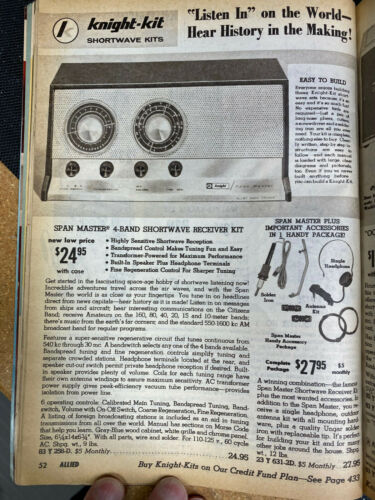 A RADIO RECEIVER FROM YESTERYEAR - By Henry WB4IVB In 1964, at 13 years old, I assembled an Allied Radio, Knight-Kit Span Master Shortwave, General Coverage Receiver 550KC to 30MC. I remember mowing lawns a good bit of that summer to enable me to make the purchase. After all, the price was $24.95, big bucks for a 13 year old at the time. My Allied Radio catalog was tattered from all the "page shopping". The "Star Roamer" really caught my eye, but was much more exspensive, $49.95, so that was completely out of my budget. I placed the order. Of course this was mailorder, so then came the wait, which seemed like eternity for Allied Radio to receive my payment, and ship the kit. I lived in Louisville, Ky at the time, and I was able to purchase a soldering gun locally. A few weeks later I received the kit, and off to the basement I went to begin assembly. Although I had no real electronics experience, the assembly manual was well written and easy to follow. Step by step instructions with "check boxes" as each task was performed. Tube sockets, terminal strips, and point-point wiring made soldering a task even a 13 year old could manage. The Span Master is a regenerative type receiver, which consists of two tubes, 6CB6 (RF Amp & Detector) and 6AW8 (Audio Amplifier). My father helped me install an Inverted "L" antenna which ran from a large tree back to the near top of our two-story house. I spent many hours listening to 75 and 80 Meters. I eventually purchased a non-working Hallicrafters S-38E Receiver for $5. It needed a 50C5 audio tube, but I found a complete set (5 Tubes) in my trusty Allied Catalog, so I did a full replacement, and later had to replace the dial string. I still have the Allied Catalog and the Knight Span Master. Things I will treasure for the rest of my years. Henry Hamblin WB4IVB LOAD BALANCING FOR ALLSTAR We are trying to give 27339 a break by asking members of our core group to switch from 27339 to 45225. Core group members are simply those who are connected to the ECR 24/7. If this sounds like you, please try connecting to 45225 from now on. Thank you. THINKING ABOUT WRITING AN ARTICLE FOR THE NEWSLETTER? - By Michael K2SHF If you have anything you would like to write about, please send it to me at k2shf(at)arrl(dot)net so that I may publish it in the newsletter. Without your articles, we have no newsletter. There is no long-term commitment implied when you submit an article to me. You can write once or have a column that does not have to be updated every single week. We realize people have lives outside of the ECR. So, send me stuff! Thanks. |
| FACILITATORS Dick WB2JPQ Henry WB4IVB Emil WA2UPK Bob KB3SNM Tony W2KJV Kevin VE3BZ Paul W4END David KB4FXC Kevin KE7K Joe KO4FRR Mike K2CMT Michael K2SHF Steve K2EJ Keynon KB5GLC Dan KD2VNU |
ECR ACCESS IRLP 9050 AllStar 27339, 45192, 45225 Echolink WB2JPQ-R(57780), WB2JPQ-L(375103) DMR Brandmeister 3129973 DMR TGIF 9050 System Fusion 44444, 92805 DStar XRF(XLX)256E HamShack Hotline 94049 P25 31582 NEW!! M17 M17-ECR Module A NEW!! NETS Tech Net Tuesdays 8PM ET Morning Brew Mon-Fri 7AM ET YACHT Youth Net Wednesdays 8PM ET |
WEBPAGE http://eastcoastreflector.com ZOOM ROOM Open 24/7. All are welcome! ID: 83929643320 Password: 193414 http://bit.ly/ecrdaily MERCH SHOP http://bit.ly/ecrshop TECH NET LOG http://bit.ly/ecrtechnet YOUTUBE CHANNEL http://bit.ly/ecrYouTube |